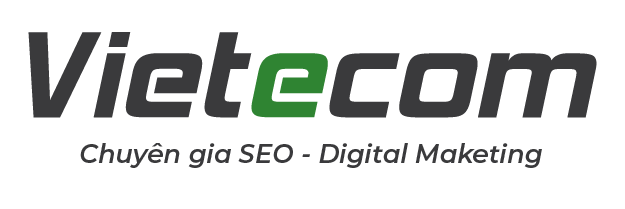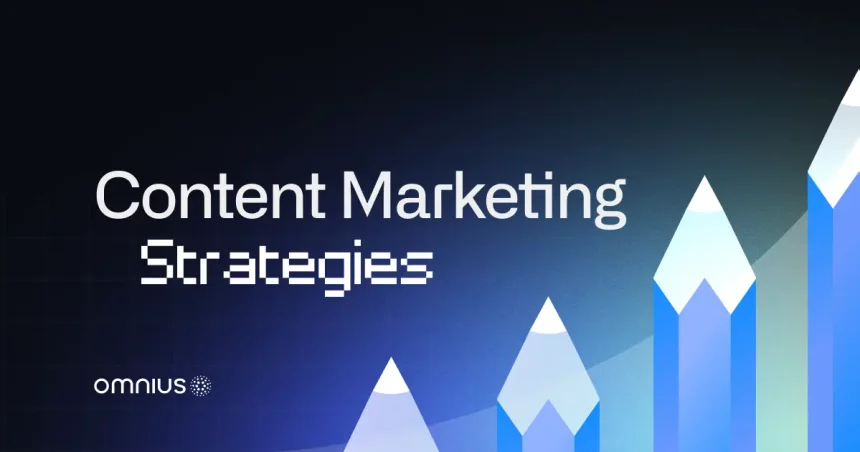You’re probably wondering how you should approach writing content for your SaaS company?!
Using SaaS content to position your company in front of your target audience has great opportunities and some challenges.
You just must know where to look to avoid mistakes that SaaS businesses commonly make when creating content marketing strategies.
Continue reading as we offer you a short guide on how to create the SaaS content.
Let’s dive in!
What Are the Benefits of a Great SaaS Content Marketing Strategy?
Here are the top benefits that a great SaaS content marketing strategy can bring to you:
1. Increased Brand Awareness – It helps you establish a strong online presence through valuable and relevant content, reach a wider audience, and make your SaaS brand more recognizable.
2. Improved SEO and Online Visibility – Optimize content for search engines to improve organic search rankings and drive more organic traffic to your website, appearing in relevant search results for industry-related queries.
3. Authority and Credibility Building – This allows you to showcase your expertise in the SaaS industry through in-depth and well-researched content and position your SaaS solution as a go-to resource for solving industry challenges.
4. Lead Generation and Customer Acquisition – A content marketing strategy can help you attract potential customers by providing insightful content that addresses their pain points, converting visitors into leads.
5. Enhanced Customer Engagement – Creating content that encourages interaction and feedback can provide ongoing value to existing customers and build a loyal customer base.
How to Start with SaaS Content Marketing Today
For SaaS companies, high-quality product-led content is one of the best ways of presenting the tool.
Let us discuss some strategies you can use to gain the upper hand on the battlefield of SaaS content.
1. Define Who You Are and Where You Want To Be
Content marketing is a tool that SaaS companies use to show their product to the public.
And the best image they can project is one that emphasizes their strong points and one that their targeted audience likes.
To get you started on the right track, here are a few advice for you:
1. Tell Only One Story About Your Product
In SaaS content marketing, every article should act as a part of a machine that pulls visitors in the same direction.
With that in mind, you should have some key points visible to all members of the team at all times:
- Your unique selling proposition – The core value of your product is that you should communicate continuously through your content.
- Overall messaging and positioning strategy – What message to use to present yourself in a particular light.
- Your brand story – Show your company’s persona to customers.
- Targeting and segmentation strategy – Explaining who your customer is and what value you want to offer them.
With such an approach, it will be much easier for you and your writers to produce better content and results than all of its parts summed together.
2. Establish Goals You Want to Achieve
Similar to any other business, projection goals should reflect the current state of the company and its potential.
To define such an objective, see if they follow the SMART framework and make sure they are:
1. Specific – Setting segments you are aiming to improve and lines you want to cross at the end.
E.g.,
Increase the number of visitors to the blog page by 17%.
2. Measurable – Use segments that you can compare to the beginning of the campaign.
Number of visitors:
July 2022: 2,619
July 2023: 32,103(Increase of over 1,125%)
3. Achievable – A task you can complete will give you a reading of your company’s real potential.
Realistic: Increase visits by 50% on a monthly level
4. Relevant – Task that has a real impact on your company’s revenue.
5. Timely – Define the time in which you want to achieve set results. (E.g., One year period)
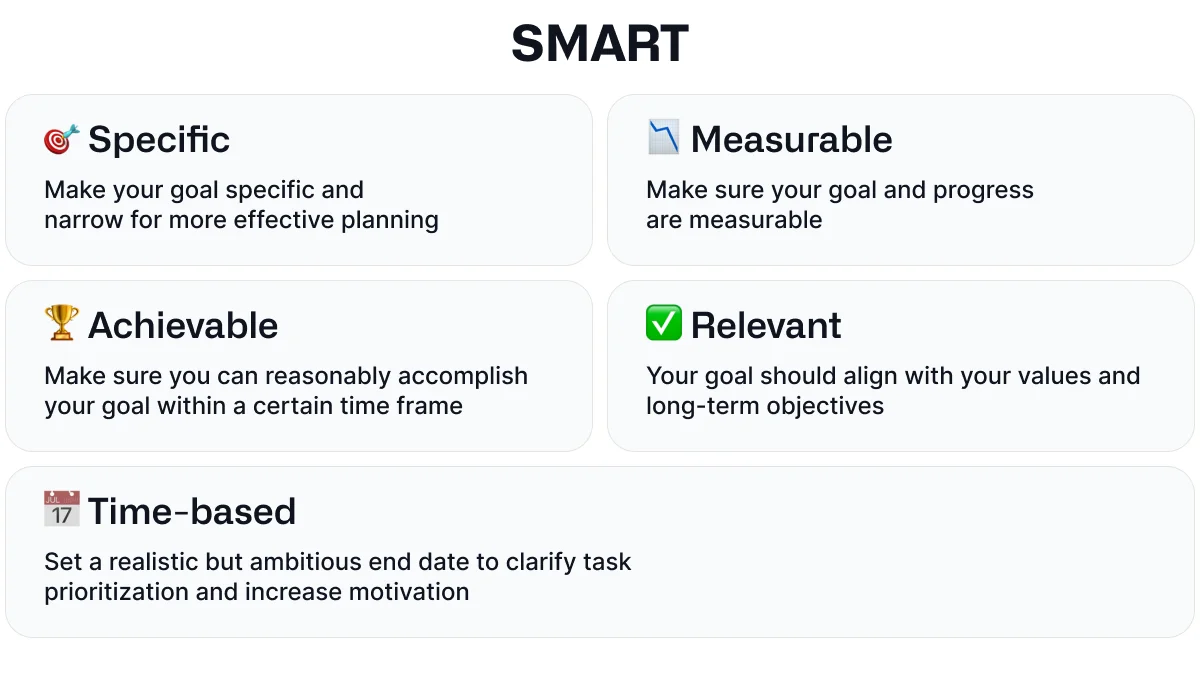
With an idea of what goals should look like, you can start creating them.
There are two types of goals you want to set in your plans:
1. The overall content marketing goals – A combined result of a whole marketing campaign. Global goals like this will give you an indication of the campaign’s impact on company profits.
Percentage of the revenue increase or newly created Marketing qualified leads (MQLs).
2. Each content piece metrics – Such small-scale KPIs allow you to get an idea of what content type makes the best results in a specific role.
2. Help Your Users Grow So They Can Pull You Along
People working in marketing are still humans, and making mistakes is humane.
One of the mistakes SaaS marketing creators make is focusing only on how their product can solve a specific problem.
Such an approach is great, there’s no doubt about it.
But it leads companies down the road where they miss a lot of opportunities to grow with their customers.
To give you a direct comparison, we are talking about:
Offering solutions to a single issue without talking about the broader picture will leave you at that point forever.
Vs.
Supporting your customers to grow and become thought leaders in their rights creates a long-lasting bond.
People who receive such support from your side become your brand ambassadors, not just customers.
So how do you garner such loyalty?
You can teach the reader how to get from point A to point B with two instead of four clicks.
And you can do it through different formats, such as videos, courses, libraries, and ebook guides to help them simplify their tasks.
For example, we at Omnius created a resource page to help SaaS businesses improve their businesses through our practical knowledge base.
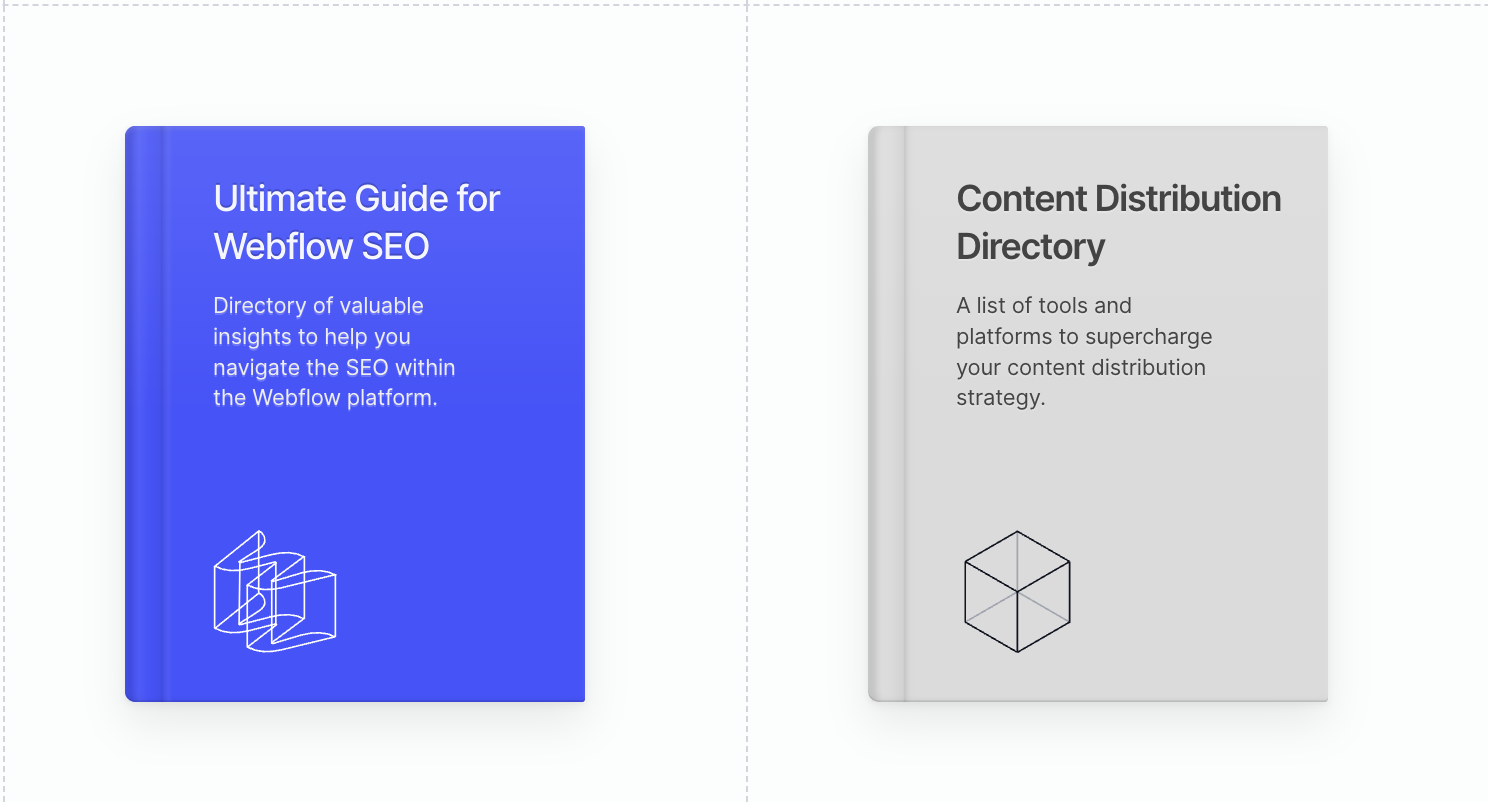
Such people will shape the future of the industry in which you offer SaaS support, and it is always a good idea to have them on your side.
Think about what the most valuable resource your users may get besides your tool is.
Then make it for them.
To be honest, every industry leader has started at the same point, looking for simple one-time solutions.
For that reason, we are talking about expanding your approach, not shifting away from the current content model.
3. Set Guidelines For Content Distribution
Before you jump to creating any content, you should define the platforms you will use to publish it and the channels you will use to promote it.
To understand that, first, you need to know your target audience and where they spend most of their time.
So, how should you plan to distribute articles?
Here are some ideas you can implement immediately:
- Share content with your users and leads via mail.
- Include social media share buttons on your blog page
- Repurpose your content and share it where relevant on forums like Reddit or Quora.
- Condense the most intriguing point to the infographic and share it on your X account as an invite to your blog.
The best way to go when organizing your distribution process is to create a checklist that you and your team will follow every time you share the content.
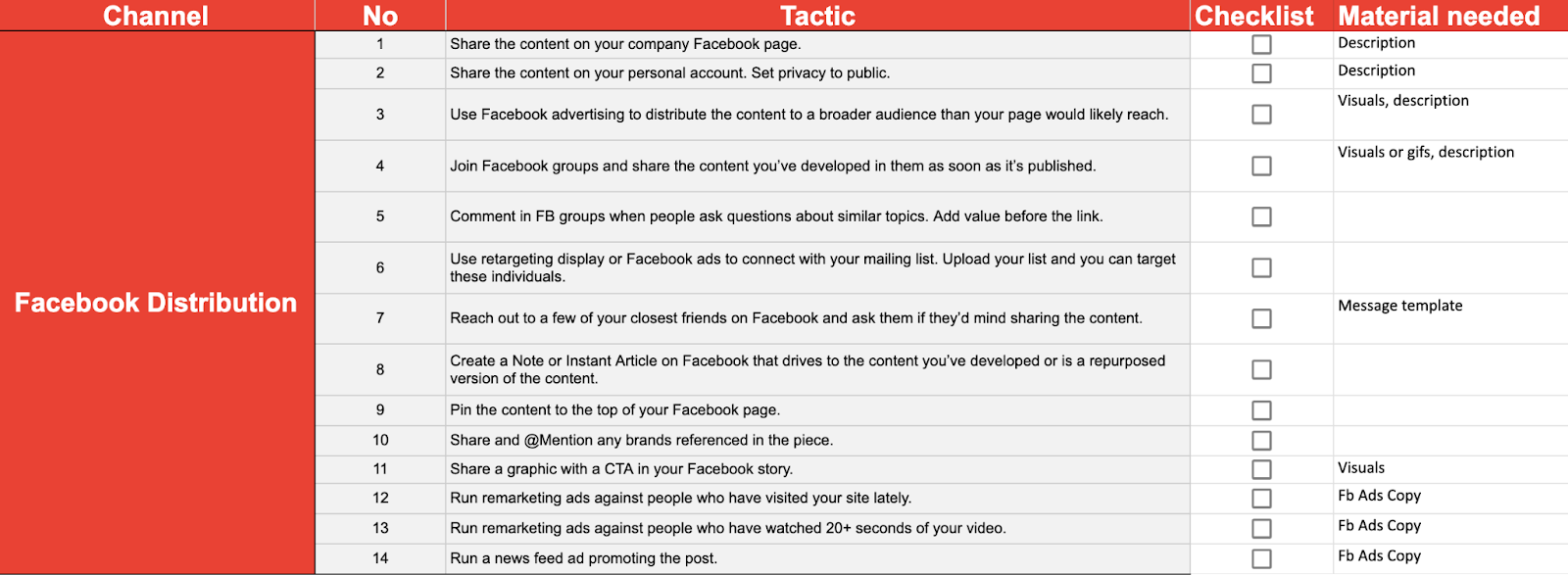
Some of you might ask:
Why should we cut on keynotes and keep them from the general public if the goal is to show our expertise?
There are a few reasons for such an approach:
- Show your current followers that they are getting something they can not get anywhere else.
- Increase the number of subscribers because some readers will want to know more about your offer.
Following these tips can drastically increase your content visibility and make it a great step toward creating viral marketing campaigns at scale.
4. Leverage Thought Leadership
Leveraging thought leadership is a strategic imperative for establishing credibility and fostering trust among target audiences.
To put it the simplest way, an expert knows every detail on a subject, a thought leader knows every detail on a subject, and everybody knows that.
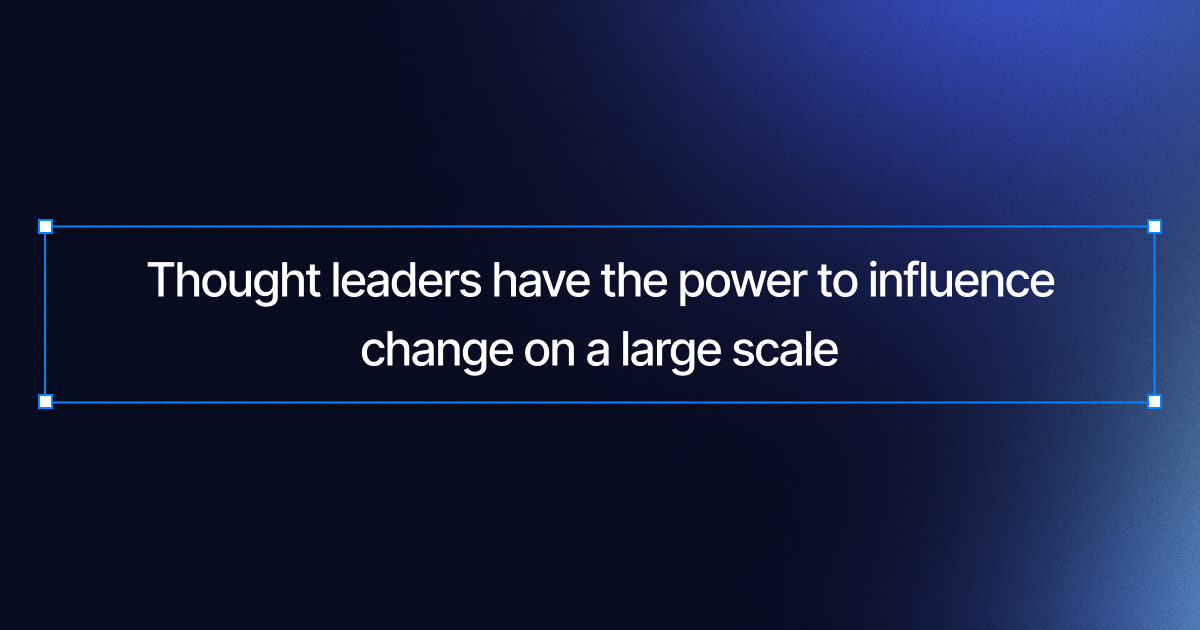
A key facet of this approach involves offering expert insights and in-depth analysis within your niche.
By consistently delivering valuable content that showcases a deep understanding of industry trends and challenges, you can position your business as an authoritative voice in your niche.
Also, actively participating in industry discussions and forums further amplifies thought leadership by engaging directly with the target audience, addressing queries, and staying attuned to evolving market needs.
There are a few paths you should cover.
1. Real-Life Experience
Real-life experience is crucial for any expert.
Thought leaders share their encounters with industry problems and their take on resolution.
For instance, the story of Elon Musk working to establish PayPal is enough to label him a thought leader.
You do not get such events every day, but you do have experience in the industry and stories to share.
As a result, your brand has all it needs to play an important role in your customers’ lives as long as you commit to creating high-quality content based on real-life experiences.
2. Your Leaders To The Front
How do you spot the perfect candidate to take such a role:
- Track Record – Consider an individual’s track record of accomplishments, publications, or contributions to their field.
- Reputation – Reputation within and outside the organization is a key indicator.
Often, thought leaders are ones people ask for advice or speaking engagement.
- Knowledge Sharing – Look for employees who actively engage in knowledge-sharing activities, such as mentoring, conducting training sessions, or participating in industry conferences and webinars.

There are a few data sets you can use to figure out what subjects your audience needs assistance on:
- Your product data – Internal data is the perfect starting point to showcase your experience and corroborate facts within your content.
- Conduct a poll with your customers – The information you receive is material for a thought leader article since it offers insight into the industry’s state.
- Work with the subject matter experts, who are what you would call heavy hitters. Their knowledge is the product of years spent working, not theories in books.
- Collaborating with Community – Collaboration with other market participants can change your perspective and bring a lot of intriguing ideas to the table.
Additionally, guest posting on reputable platforms serves as a powerful avenue to broaden reach and access new audiences.
By contributing valuable content to established industry publications, you enhance your visibility and reinforce your expertise, solidifying your position as a leader in the SaaS space.
Through these thought leadership strategies, you can carve out a distinctive presence, attract a loyal following, and ultimately drive sustained conversions in your content marketing endeavors.
5. Measure and Analyze Performance
SaaS companies must establish measurable goals aligning with their marketing objectives as we discussed previously.
Clear and quantifiable goals provide a roadmap to stable growth, whether it’s increasing website traffic, boosting lead generation, or enhancing user engagement.
Utilizing powerful analytics tools such as Google Analytics, Google Search Console, SEMrush, or Ahrefs can help you monitor your progress and track your goals.
These tools offer valuable insights into website traffic, user behavior, keyword performance, and more.
By leveraging the data provided by these tools, SaaS marketers can comprehensively understand the impact of their content, audience demographics, and areas for improvement.
Regularly assessing performance metrics allows SaaS companies to identify trends, capitalize on successful strategies, and pivot away from less effective ones.
Whether it’s adjusting keywords, refining target audience personas, or optimizing content distribution channels, ongoing analysis enables marketers to make informed decisions that drive results.
For example, monitoring drop-offs within your Google Search Console can help you understand which content needs to be updated to recover your organic traffic and boost growth.
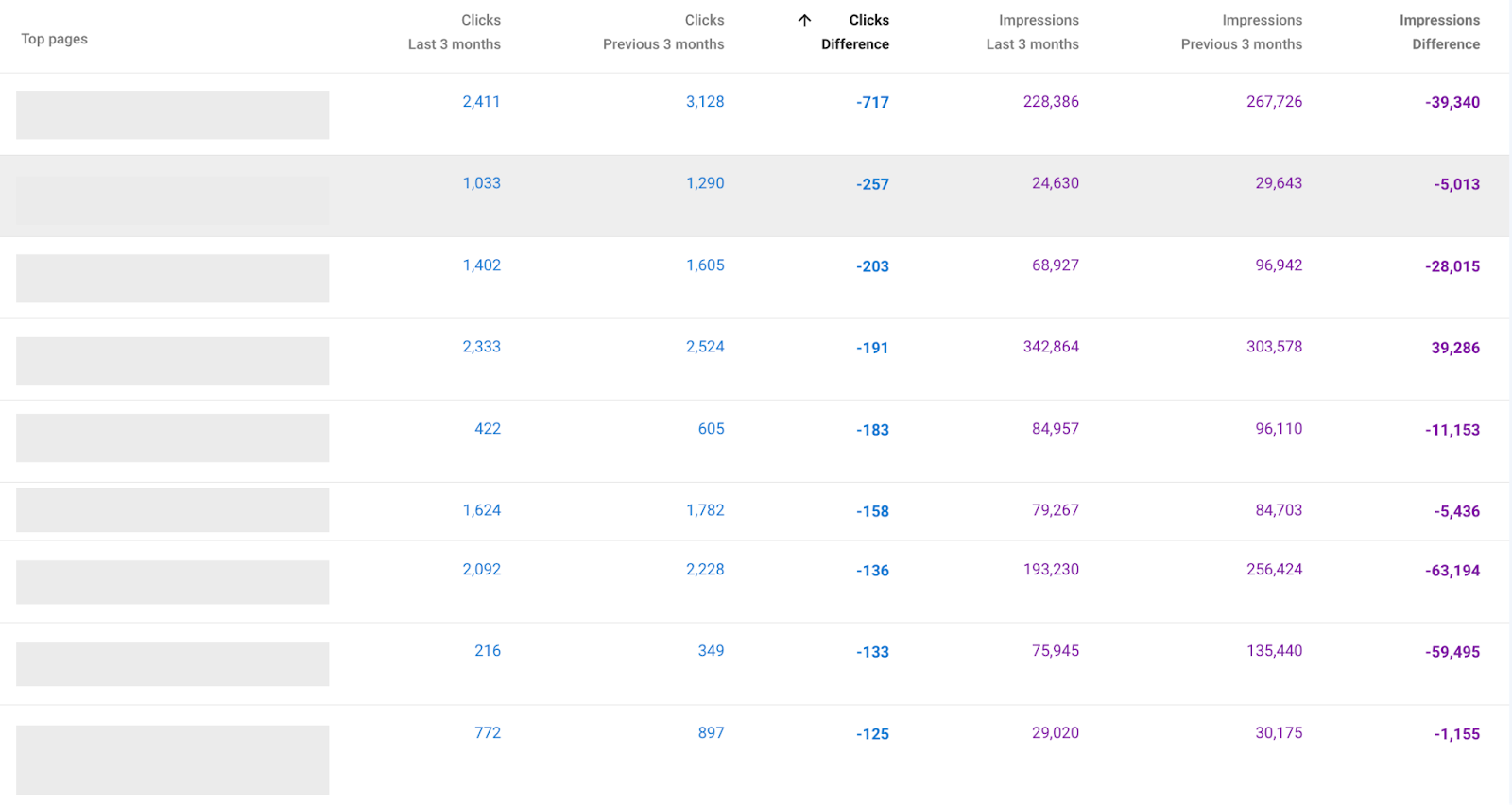
An actionable tip for SaaS content marketers is to establish a consistent reporting schedule.
Regularly reviewing performance metrics allows you to stay agile, adapting strategies in real time to align all the activities for reaching your goals.
To Wrap It Up
Embracing well-defined growth strategies and making it part of your SaaS content marketing is vital for your business to adapt, evolve, and attract more users at scale.
Better content delivered at the right place will ensure you win at the end of the day.
And for that, you will need a team of professionals to help your business stand out.
Outsourcing SEO to our team means a comprehensive & systematized approach to organic growth from all three sides – marketing, design, and development.
Interested in hearing more?
Schedule a 30-minute call to find out how you can improve your SEO and content marketing and how we can help you increase organic conversions for your company.
Nguồn: omnius.so
